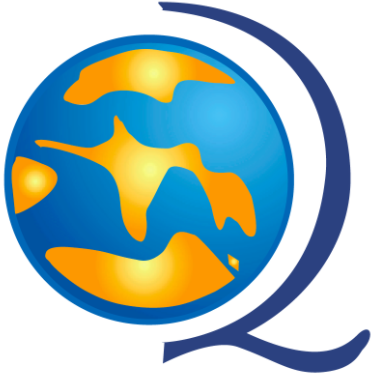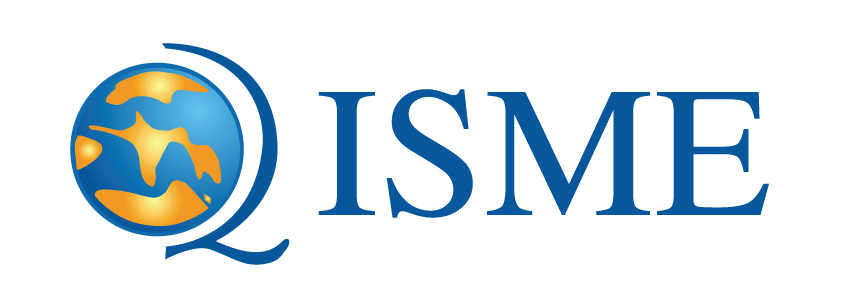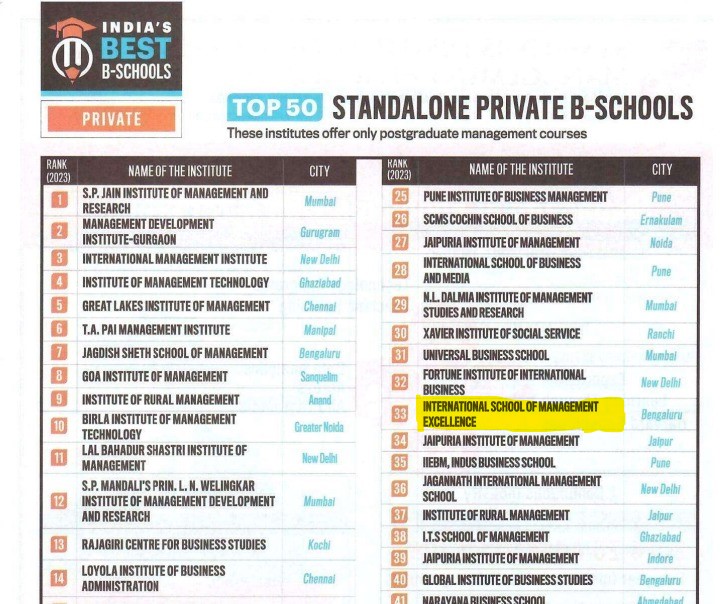(The idea and concept of this article are credited to the article in MITSloan titled “How Not to Organize In-House Experts: Lessons From Boeing” by Pedro Monteiro, an assistant professor at Copenhagen Business School)
19th December 2024
Introduction
VRIO is a framework that helps organisations identify their competitive advantages by analysing their internal resources and capabilities:
- Value: How much value a resource or capability adds to a company’s products or services
- Rarity: How uncommon and difficult to obtain a resource or capability is
- Imitability: How easy it is for competitors to imitate a resource or capability
- Organization: How well the organisation is set up to maximise the benefits of its resources and capabilities
This article will discuss the “O,” i.e., organisation. The students quickly grasp the meaning and importance of value, rarity, and imitability in the VRIO framework. However, I noticed that they fail to appreciate the full implications of the organisation. Hence, this article with a live example.
Organisation means that when an organisation has a valuable, rare, and hard-to-imitate resource, the business is organized to use that resource well. Possessing a valuable, rare, and inimitable resource alone will not give a competitive advantage. The firm should have clear management systems, processes, and structure. This may sound elementary, but that’s not so! Companies as large as Boeing fail in organising. This article is based on an essay titled “How Not to Organize In-House Experts: Lessons From Boeing” by Pedro Monteiro in MIT SLOAN MANAGEMENT REVIEW (2024). The above article was prepared on the basis of a 15-month in-depth study of engineers, technicians, and product managers specializing in dozens of expertise areas at another major aeronautical organization. The study looked into how experts are organized in departments and projects and classified in speciality-wise.
As we know by now, one source of competitive advantage is resources (see Barney’s 1991 article “Firm Resources and Sustained Competitive Advantage,” widely cited as pivotal work in the emergence of the resource-based view). Keeping this in mind, organisations compete to recruit and deploy talent to optimise internal knowledge. Once recruited, these talent’s outcomes depend entirely on how well in-house experts are organised. The Boeing’s 737 Max 8 airliner, which claimed hundreds of lives, starkly exposes how poor organization of expertise can have severe consequences.
Boeing Case
For an ordinary man, incidents such as a mid-flight door-plug blowout on an Alaska Airlines Boeing 737 Max 9 flight in January may look like poor workmanship. While this may be partly true, there is much more to what meets the eye. U.S. Federal Aviation Administration (FAA), revealed a more significant issue: “Boeing’s organizational structure did not properly place internal experts, which meant that some employees were unable to continue gaining knowledge in their specialization, and some key roles were assigned inappropriately.”
Organisational Structures
In b-schools, it is taught that an organizational structure is a framework that defines how roles, responsibilities, and job titles are assigned within a company. It also determines who reports to whom and who makes decisions. Students also learn different types of organisational structures such as flat, functional, divisional, matrix and combination of these. The primary purpose of these structures is to enhance efficiency by grouping and differentiating individuals based on their expertise, ideally enabling professionals in similar areas of expertise to exchange knowledge and collectively develop their skills. According to FAA investigation, Boeing dispersed people who were experts in critical areas like human factors — crucial for flight safety—across the organization leaving them “isolated in work and decision-making processes” .
Another aspect is to remember is that as one move up the structure, they are entrusted with more complex responsibilities due to their greater expertise. Particularly in a highly technical industry such as airlines, as technology and industry standards evolve, one learns (also forgets) as they take up different tasks.
The organisational structures, besides endowing one with higher and complex responsibilities, also serve a symbolic role signifying which expertise is most valued. Further, how the roles are staffed also affects the status of expertise. Among the varied expertise that coexist in an organisation, the most prevalent among them tend to carry greater voice and influence in organisational critical decision-making and this may well provide company’s direction. This exactly what happened in case of Boeing.
Boeing, a legendary company was started in 1916 and manufactured aeroplanes, rockets, and satellites. It stood for safety, innovation, and engineering. 1969, it launched the iconic 747, revolutionising air travel and becoming known as the “Queen of Skies.” The company’s unparalleled run took an exceptional beating when its focus turned from innovation and engineering to profit. In 1997, Boeing merged with McDonnell Douglas. It maintained its name, albeit with a new logo based on the McDonnell Douglas logo (Cross 2023). Besides the logo, its culture was also changed by McDonnell’s profit-first approach. The culture change is strongly brought out by its President Harry Stonecipher himself, “When people say I changed the culture of Boeing, that was the intent, so that it’s run like a business rather than engineering firm”. Hence, whereas executives once “held patents, designed wings, spoke the language of engineering and safety,” the leadership ranks became filled with individuals with financial backgrounds, leading to a situation where “financial engineering took priority over aerospace engineering.” This affected how risks — including the risks of outsourcing, which caused Boeing to rely on external partners’ expertise.
Besides January 5 incidence where , a Boeing 737 MAX-9 operated by Alaska Airlines flying to Ontario, California, was forced to make an emergency landing at the Portland International Airport after a portion of its fuselage ripped off, following are the other incidences.
b) On January 13, a Boeing 737-800 operated by Japan’s All Nippon Airways was forced to cancel its take-off after a cockpit window cracked.
c) On January 17, a Boeing 737 from Switzerland experienced an issue relating to a possible oxygen leak.
d) On January 18, Atlas Air Flight 95 (Boeing 747-8) returned to Miami International Airport after the crew reported an engine failure.
e) On January 20, a Delta Airlines Boeing 757 lost a wheel during an attempted take-off.
Boeing’s focus shift from engineering and safety to profit is the root cause of all its woes.
Conclusion – Organise Better
Pedro Monteiro, the author of the article in MITSloan, recommends the following four steps as the path forward.
- Balance specialization with collaboration.
- Recognize that expertise extends beyond a person’s job title.
- Promote a broader spectrum of expertise.
- Make domain expertise an element of leadership.
“As the case of Boeing illustrates, merely having a talent pool is insufficient. Organizations must design structures that nurture expertise, foster an environment that recognizes it, and provide clear pathways for its application.”
Questions for discussion
- What is wrong with the statement. “I changed the culture of Boeing, … so that it’s run like a business rather than engineering firm” ?
- Besides organisational structure, what else can be discerned in the above case?
- What is the implication of Pedro’s fourth recommendation?



